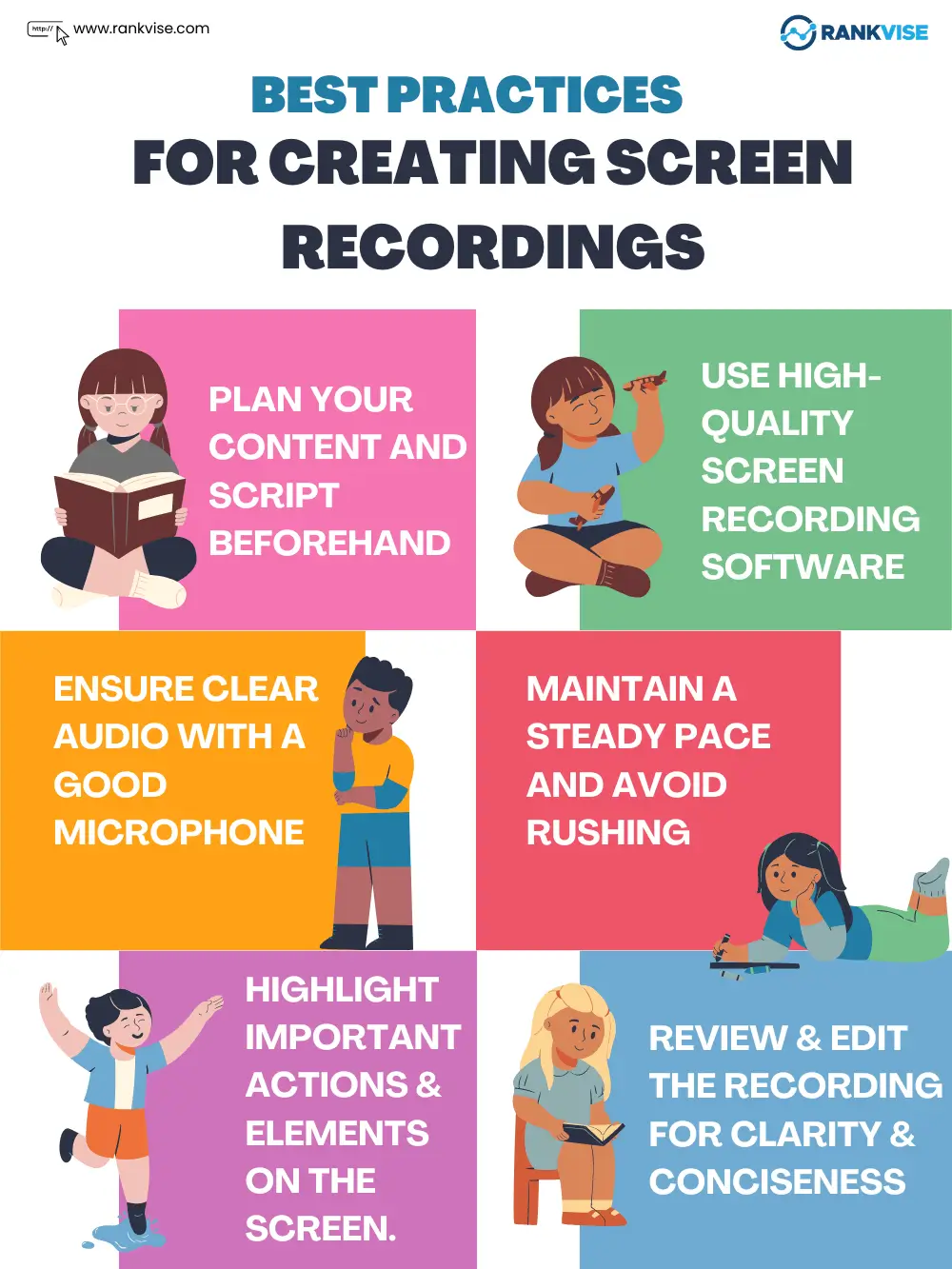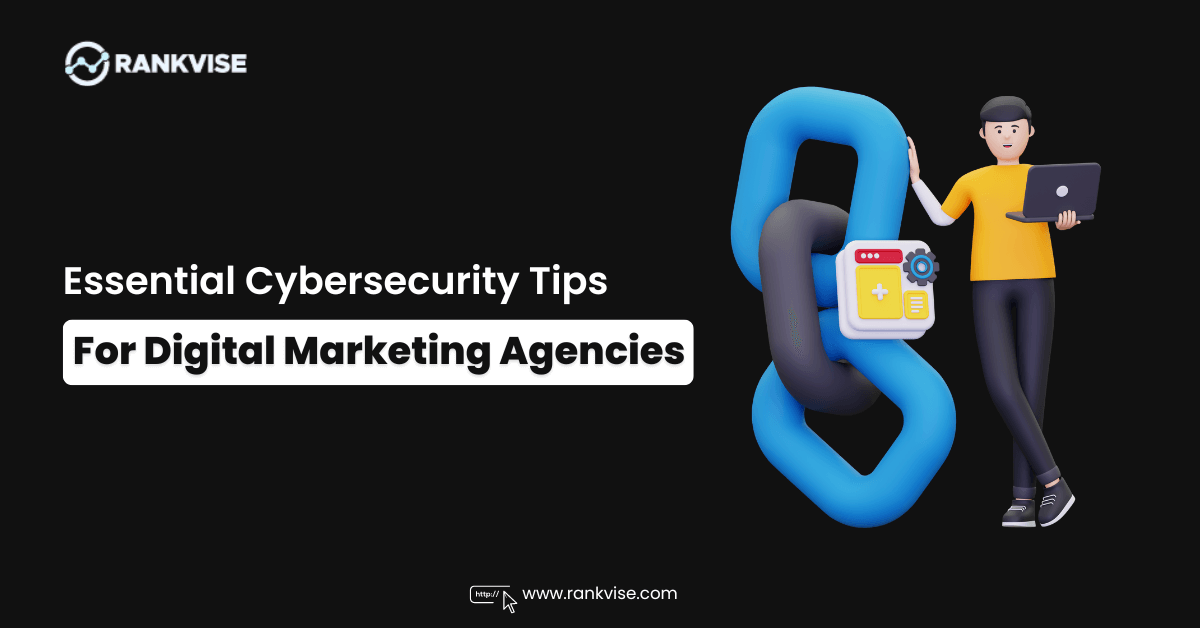Introduction
The landscape of digital video creation has revolutionized marketing practices. Gone are the days when producing commercial videos was a pricey and complex endeavor, out of reach for small businesses. The same applied to tutorials, promos, and product demos. Enter screen recording, a user-friendly tool that has streamlined video production for everyone. However, simplicity does not equate to cutting corners. Understanding how to leverage screen recording for marketing videos is crucial for generating top-notch and impactful content.
This guide delves into the significance of screen recording in enhancing your marketing strategies and equips you with essential tips for crafting compelling videos.

Advantages of Screen Recordings in Marketing
Screen recording technology captures activities on your computer screen, incorporating audio narration, webcam footage, and system sounds. This feature enables you to showcase various screen content, such as website demos, tutorials, or software walkthroughs. Illustrating how-to videos, particularly screen recording, can boost your business performance.
1. Ensuring Clarity
In marketing, clarity is key. By combining video recording with on-screen graphics, you can ensure that every detail is clearly communicated. The ability to pause, rewind, and edit your video allows for thorough review and refinement until perfection is achieved.
2. Boosting Engagement
Visual content tends to capture and retain viewers’ attention more effectively. Screen recording aids in presenting information in a visually appealing video format, simplifying complex ideas for better understanding. This clarity is invaluable in marketing, where swift and effective communication is essential.
3. Enhancing Versatility
Screen recording’s capabilities extend beyond capturing screens; it can also include webcam recordings, on-screen annotations, and voiceovers, enabling the creation of various video types and expanding your marketing horizons.
4. Fostering Authenticity
The rise of influencer marketing has been significant, but with a screen recorder, you can generate authentic marketing content without the need for external influencers. This genuine approach resonates better with audiences.
5. Saving Time and Money
Traditional marketing video production often involves a team of professionals and substantial expenses. With various screen recording tools available, there’s no need for expensive equipment or studio rentals. This technology empowers you to create videos in-house, saving both time and money.
Use Cases of Screen Recording in Marketing
Beyond just the advantages, let’s delve deeper into the various types of marketing videos that can be crafted using a screen recorder. Below are some common examples that are widely utilized:
1. Product Showcases
As online shopping continues to rise in popularity, having a detailed and engaging product demonstration can significantly impact a potential sale. These videos, often seen on product pages and eCommerce sites, guide viewers through the product’s features and benefits, offering an up-close view of the item.
2. Instructional Guides
While reading manuals or guides may not be everyone’s preference, watching a video can be a more enjoyable and effective learning experience. Creating tutorials on how to utilize specific features or accomplish tasks helps users grasp the process better and retain information longer by visually demonstrating each step.
3. Webinars and Virtual Classes
While hosting a live webinar or online class may require additional resources, recording a screencast of your presentation allows you to promote the event later or incorporate it into your email campaigns. This teaser provides viewers with a preview of the content, enticing them to register or attend the event.
4. Success Stories and Client Testimonials
User-generated content and social proof play a crucial role in marketing efforts. Recording conversations with satisfied customers willing to share their positive experiences with your product or service adds credibility and trust. These videos can be shared on your website or social media platforms to resonate with potential customers and strengthen relationships with existing clients.
How to Produce a Screen Recording Video for Marketing Purposes
Let’s now delve into the practical aspect: creating a screencast video to enhance your marketing efforts. While the process involves several meticulous steps, it is not overly complex. Let’s break it down:
Step 1: Content Planning
Simply hitting the record button and speaking may not yield the desired results. Structuring your content is crucial for effectiveness. Begin by defining the objectives of your video. Are you aiming to educate viewers about a new feature or enhance brand awareness? Setting clear goals early on will shape the direction of your content.
Subsequently, draft a storyboard or script. This need not be elaborate; a basic outline outlining key points or steps to cover suffices. This roadmap will keep your video focused and ensure all essential aspects are addressed without unnecessary deviations.
Step 2: Selecting the Screen Recording Tool
Not all screen recorders are one-size-fits-all for your marketing videos. The choice depends on the effort required, desired features, and budget constraints. Some screen recorders excel in user-friendliness with a straightforward interface, while others offer advanced editing capabilities, multi-channel recording, and more. It also important to check the compatibility with your OS so it would be possible to easily record a screen with sound on a Mac or PC. Additionally, some are free, while others may have limitations, watermarks, or necessitate a purchase.
Evaluate your requirements and explore available options before settling on a screen recorder that aligns with your needs.
Step 3: Setting Up the Environment
Are you the individual with a cluttered desktop or numerous irrelevant browser tabs open? While screen recording does not demand a physical space, preparing your virtual workspace is essential. Clear any clutter, keep only essential windows open, and create a distraction-free environment for recording.
Ensure all necessary components are operational. Test your audio equipment, adjust volume levels, set up adequate lighting if recording yourself on camera, and confirm the video framing is suitable.
Step 4: Executing Your Video Recording
With a solid plan, the right tools, and an organized workspace in place, it’s time to press that record button! All your groundwork culminates in a seamless and effective marketing video creation process.
Begin by launching the screen recorder and configuring the settings. In addition to input sources like microphone and camera, you may have the option to adjust frame rates, set hotkeys, or schedule recordings for specific times.
Select the desired screen area or application to record and initiate the recording process. Enhance your video with annotations and mouse visual effects to emphasize key areas on the screen for improved visual guidance. Remember to articulate your message clearly and succinctly, following your predetermined plan or script.
Step 5: Refining Your Video through Editing
While some screen recorders offer basic video editing features, others may necessitate the use of a separate editing tool. Regardless, you may need to trim out errors, eliminate unnecessary pauses, and incorporate transitions.
Improve your video by adding background music, sound effects, captions, subtitles, and incorporating branding elements like logos and colors. Elevate visual appeal by incorporating animations, text overlays, and other engaging elements.
Step 6: Sharing and Promoting Your Video
Congratulations on mastering the use of screen recording for marketing endeavors. The final step is to share and promote your video to maximize its reach.
Upload it to video hosting platforms like YouTube or Vimeo, embed it on your website, and share it across social media platforms. Use engaging hashtags to boost visibility. Remember to monitor your video’s performance, analyze its reach and engagement metrics, and leverage this data to enhance your future video creations.
Conclusion
Incorporating screencast videos into your marketing strategy can be a beneficial move. They are budget-friendly, simple to produce, and offer an interactive platform to present products, concepts, and various ideas.
Now equipped with these guidelines, you possess a valuable resource outlining the process of crafting a screencast video for marketing endeavors. It’s time to implement these strategies and begin leveraging the advantages of this impactful marketing tool. And always keep in mind that practice makes perfect – the more videos you create, the more proficient you will become!





